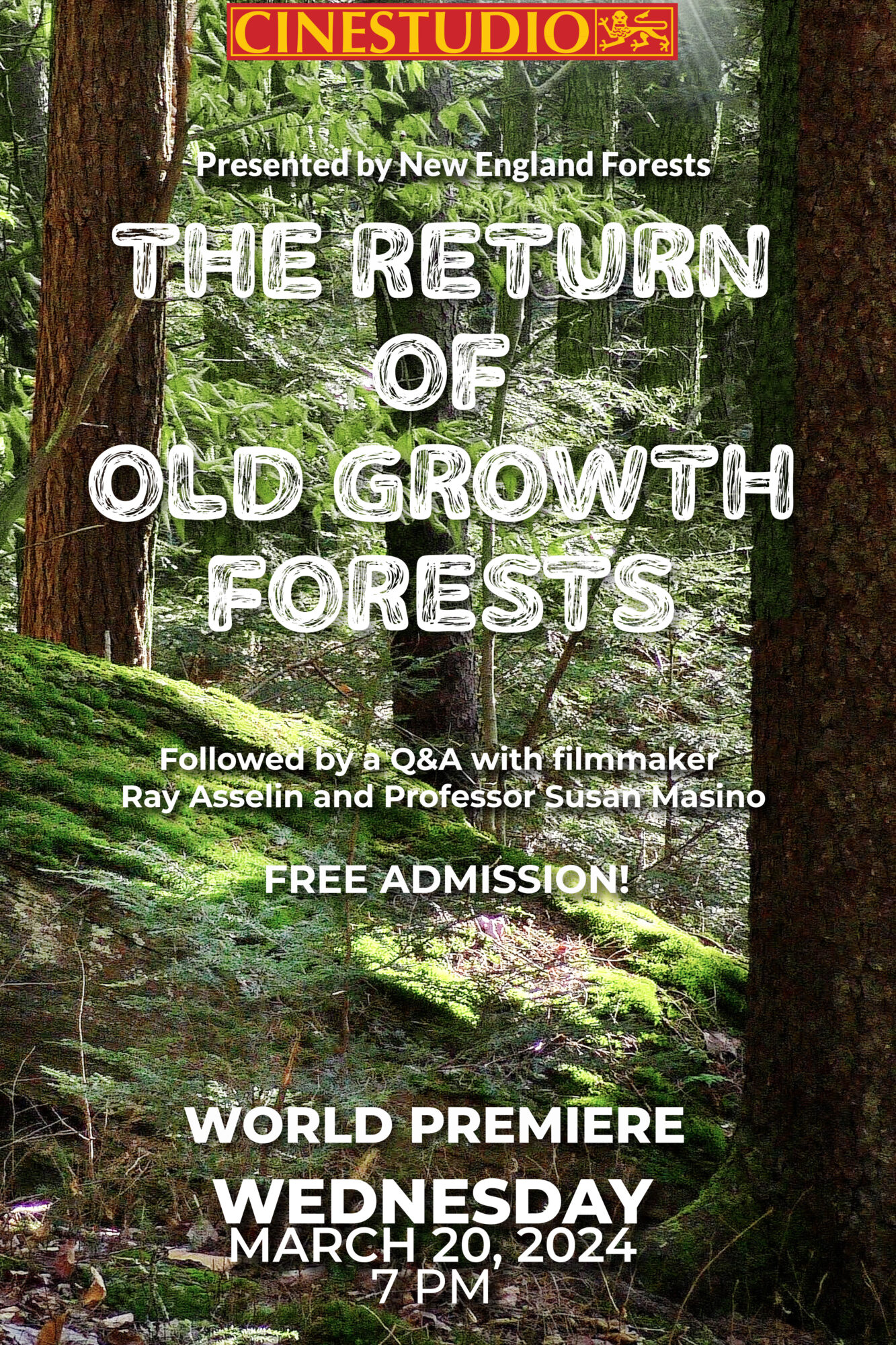The Return of Old Growth Forests

Click on a showtime to purchase tickets
Today there is great interest in ancient, “old-growth” forests. New England, surprisingly, still has some small fragments of such old forests, although they represent less than 1% of its original forest. But a high percentage of central New England land is cloaked in second-growth forest that is recovering from the massive land clearing of former agricultural years. A significant amount of such second-growth could be set aside to eventually become old-growth once again, allowing it to regain greater biodiversity, an improved gene pool, and therefore enhanced resilience and adaptability (not to mention natural beauty).
In this new one-hour film, we will learn how to recognize some of the characteristics of our remnant, northeastern old-growth forests, with scenes from several of our most beautiful.
Environmental scientist Margery Winters explains “morticulture”, the role that dead, hollow, and fallen trees play in forest ecology. Ed Faison, Senior Ecologist at Highstead, discusses Nature-managed vs actively-managed forests.
Atmospheric physicist Anastassia Makarieva introduces the Biotic Pump theory, which describes how forests bring fresh water to themselves; it also accounts for the little-known but vastly significant role that old forests play in the Earth’s water cycle, which is far more important than CO2 in regard to our warming climate.







